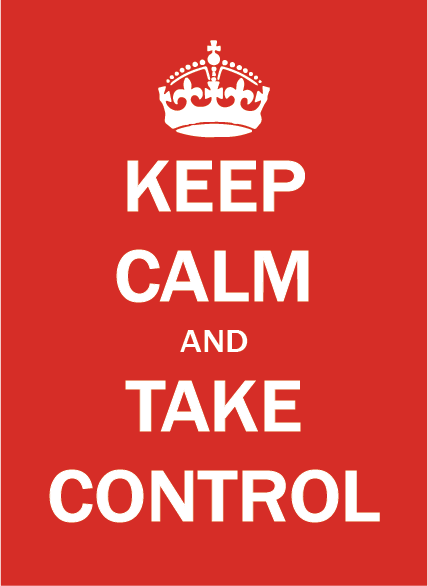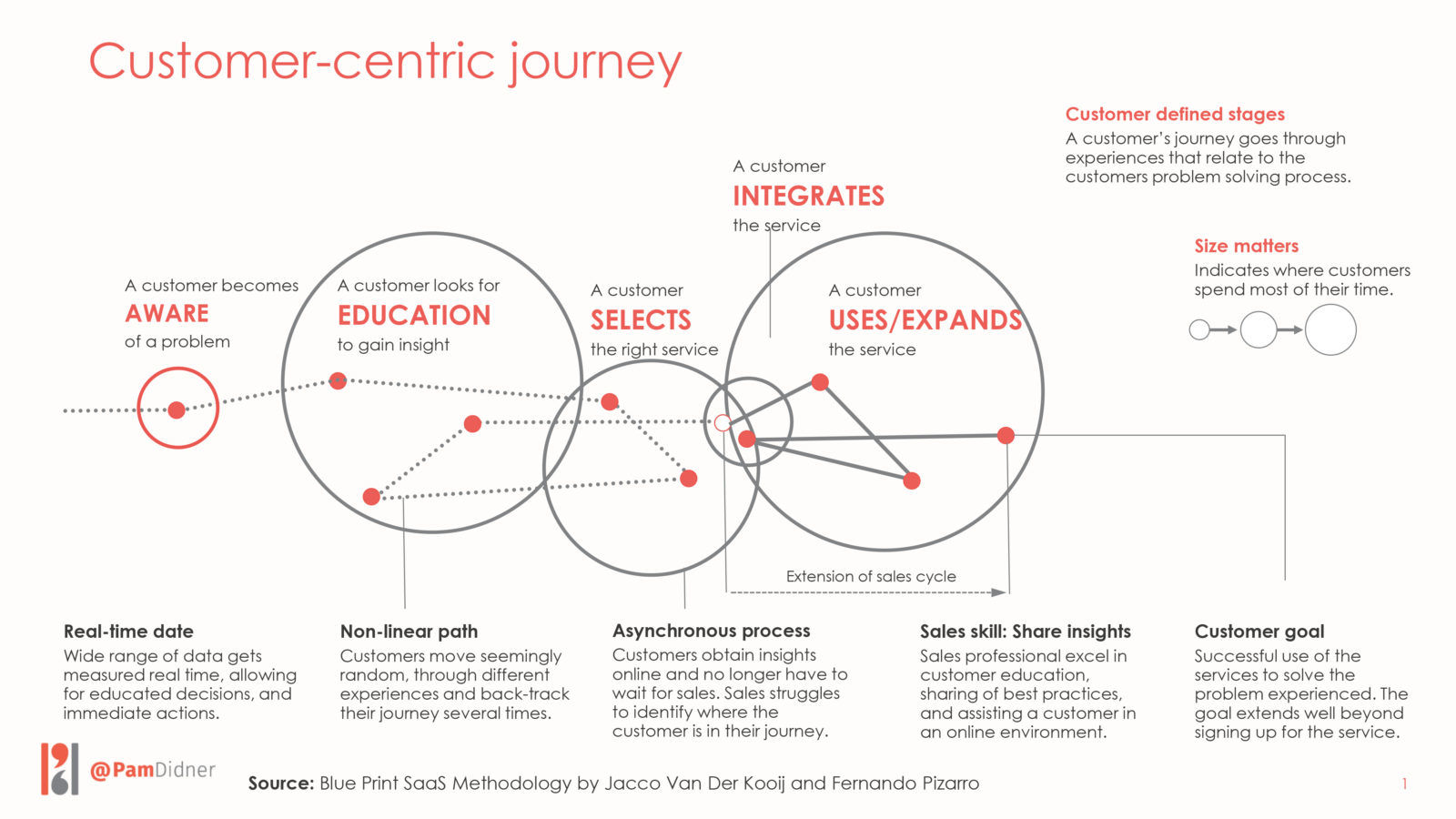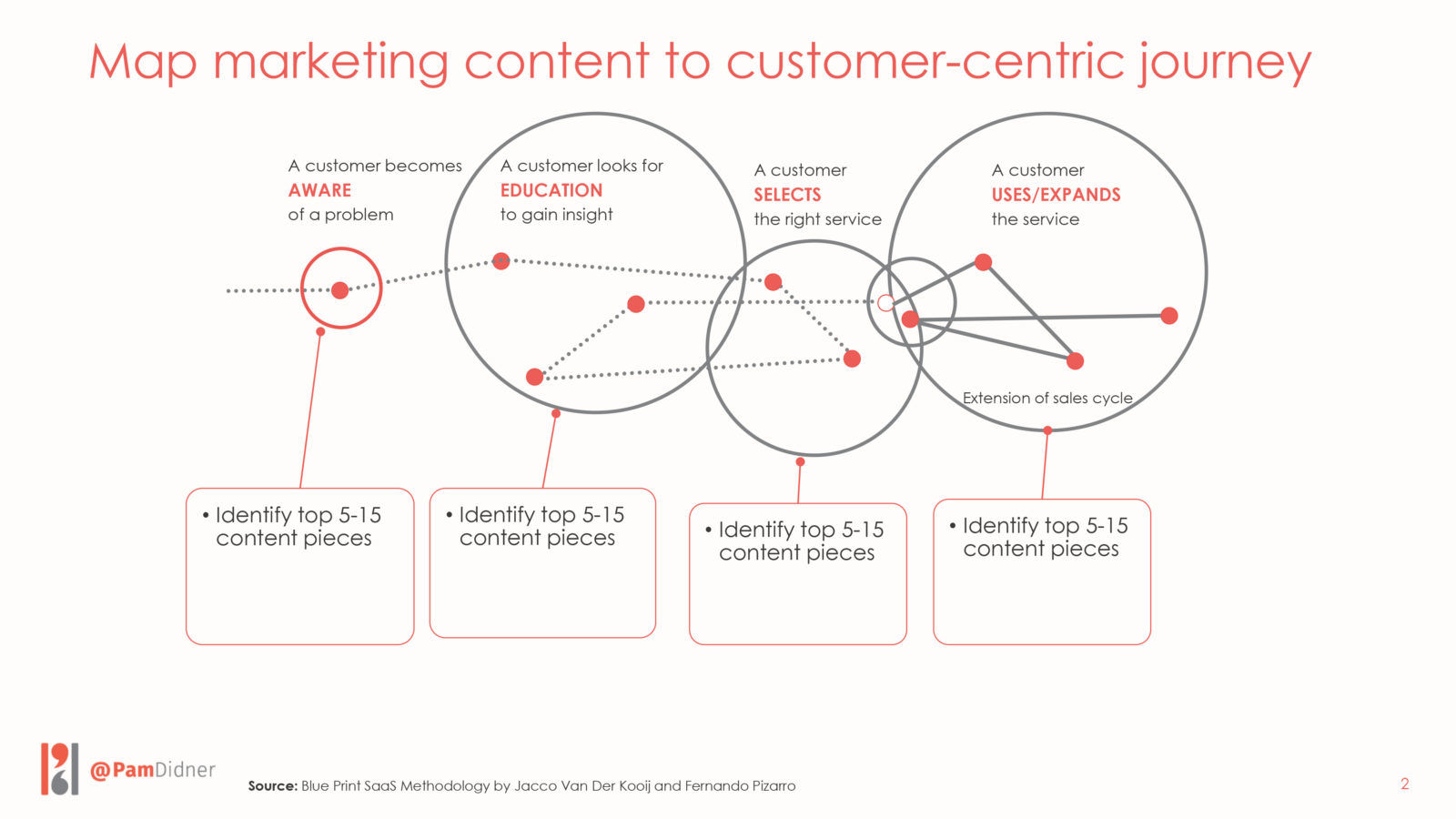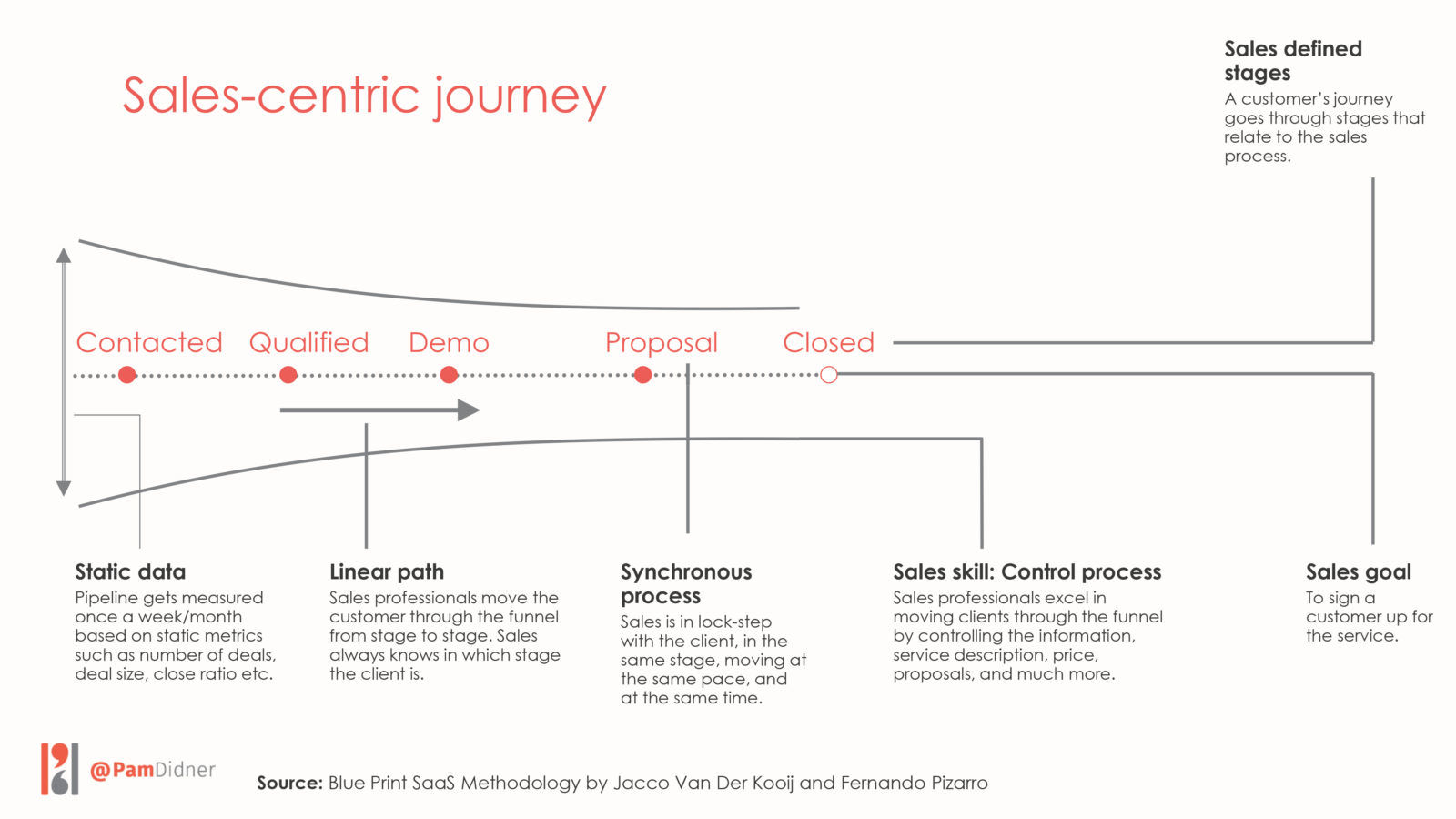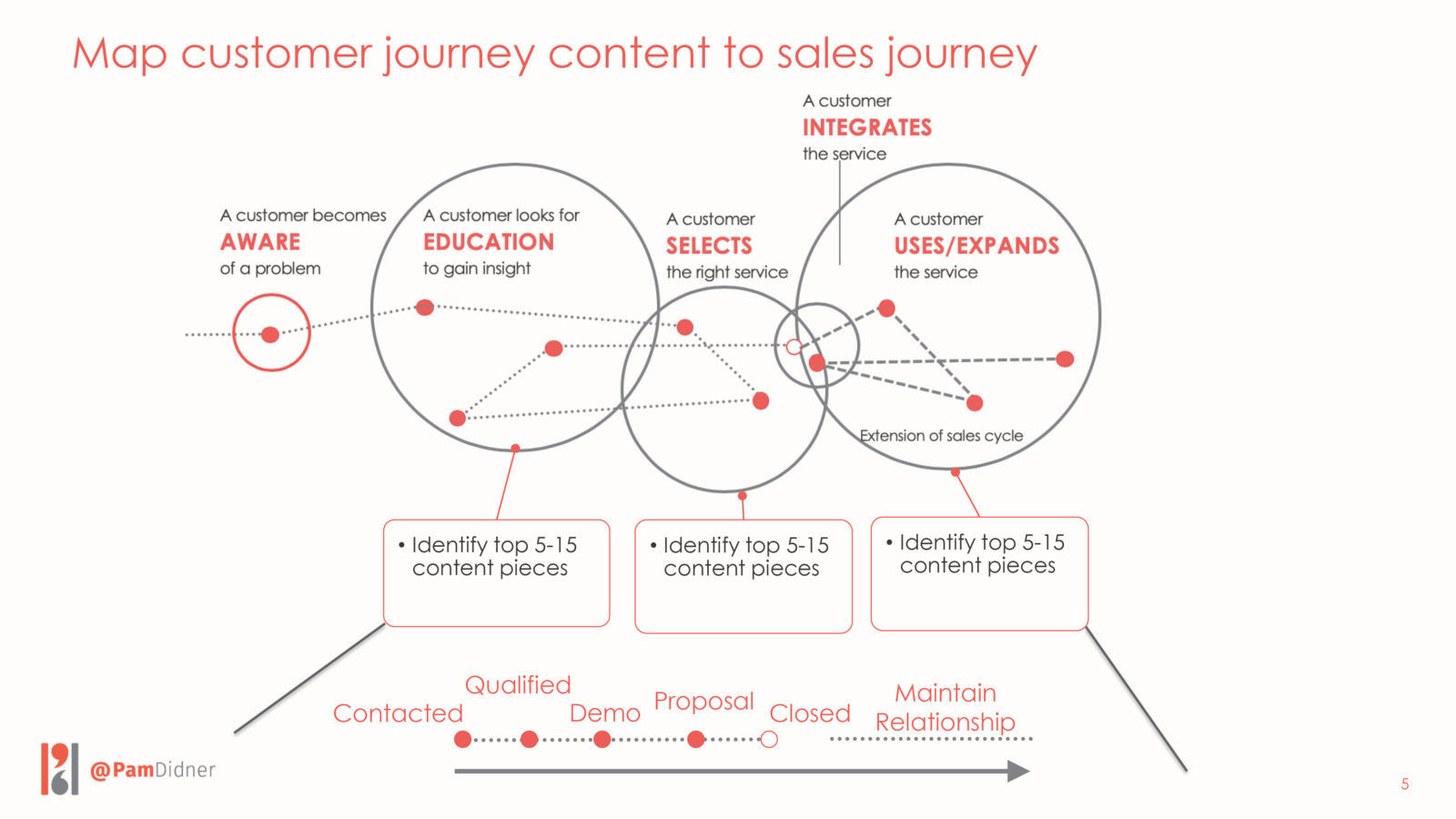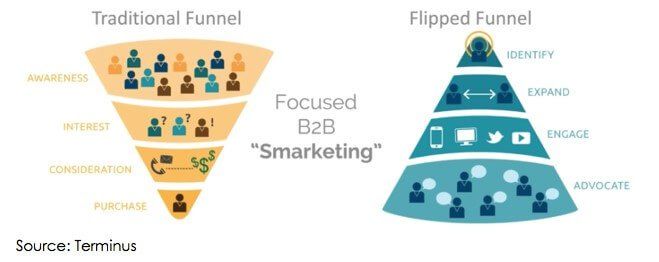
By working with various manufacturing marketers, I have experienced the challenges of supporting sales as a marketer with limited resources and budget.
Although sales and marketing support the same business objectives, the priorities and approaches are different. It’s similar to when a family decides to meet at a vacation destination, but members living in different cities take different routes to get there.
So, here are the fundamental differences between sales and marketing that a manufacturing marketer should be aware of:
- Marketing focuses on the top of the funnel, while sales hones-in on the bottom of the funnel. For sales, it’s all about closing deals.
- Marketing focuses on awareness building and nurturing which takes several quarters, while sales have quarterly quotas to meet.
- Marketing asks who, how and what, while sales ask who, why, how much and a different what. Check out this post, The No. 1 reason for sales and marketing misalignment.
- Marketing is at the forefront of the digital era while manufacturing sales teams still prefer email, phone calls, and face-to-face meetings. Personal relationships still matter.
While there are massive differences between sales and marketing, I tell my clients to focus on the commonalities between them.
One of the biggest commonalities that marketers can use to support sales is content. Marketers use content to build awareness and educate their buyers.
Sales use content to validate their points and substantiate product promises and claims. Content is leveraged on websites, emails, events, phone conversations, customer meetings, digital marketing outreach and more. Content is also as critical to marketing effectiveness as it is to sales’ success.
Take Control of Your Content First
As a manufacturing marketer, if you feel that you don’t have total control of your content, you are not alone. Don’t feel bad, that is every marketer’s issue. If you have a solid overview of your company’s content landscape, congratulations, you are one step ahead of everyone else. Well-done!!
In general, content is a hot mess. It’s fragmented and decentralized. The reason: everyone who has a budget can create content.
Therefore, content can come from anywhere or anyone, such as subject matter experts in product groups, sales training in sales enablement, and content managers in marketing.
In order to put some order around the chaos, there needs to be an intentional and established collaboration process that rallies key content creators so they get together to discuss the progress of their deliverables and estimated completion dates.
Better yet, the team, led by someone from marketing, should collectively use a platform that manages the workflow of content creation, using tools like DivvyHQ, Kapost, and marketing cloud applications from Oracle, Adobe, Salesforce, Microsoft and more.
Map Marketing Content to Sales Stages
Once you have a solid view of your content, the next thing is to identify content that sales may need. There are many approaches to do that. You can create a top content list with the salespeople and work together to map it to their needs.
Let me use this customer journey created by Jacco Van Der Kooij as an example.
As you can see on the slide below, customers tend to spend a lot of time during the ‘Education’ stage, once they become aware of their pain points or issues.
As a marketer, you likely have a list of educational content materials that you use for inbound traffic and outbound promotions. In addition, you probably have a list of content to nurture your leads and help prospects make decisions in the ‘Select’ and ‘Uses/Expands’ stages.
Since you may have a variety of content for each stage, let’s select 10-15 pieces based on specific selection criteria such as most viewed, latest, product-specific, buyers’ personas, etc. List them under each stage, see the slide below.
Now, look at the sales stages that the sales teams follow. As you may know, the typical sales stage starts with sales contacts and qualifies prospects. If a prospect shows high interest, sales will proceed with a demo.
After several conversations, meetings, or even proof-of-concept (POC) demos, the prospect asks for a proposal. Lastly, sales bring deals to closure. Check out the typical sales journey below.
Now, let’s map the customer journey to the sales journey. In general, the initial sales stage starts when prospects express interest in knowing more about your products, which is already part of the education phase of the customer journey.
The image below illustrates the mapping of the sales journey to the customer journey:
Given that you identified key content pieces for the Education, Selection, and Expansion stages, you can now select appropriate content from these stages for the sales stages. Now that you have that initial mapping, you can use it to have productive conversations with your sales team.
A quick note: some marketing content may need to be re-written or re-designed for sales needs. It requires another level of discussion with sales and content creators to repurpose some of the marketing content. Bear in mind that it’s not necessarily a one-to-one mapping.
Make content easy to find for Sales with a sales-centric content library
Once you have identified content that can be used by sales, the next task is to make sure that salespeople can find them. One of the most common pain points for sales is finding the right content at the right time.
I talked about several options to help sales find content in my podcast, 7 Min. Marketing With Pam, Help Sales Find Content They Need.
One main option is to create a sales-centric content library for salespeople to use. Upload relevant content to the library. Tag them in products, geos, keywords, technologies, content formats, and other categories that salespeople use to search content. Nowadays, some platforms offer auto-tagging which makes marketers’ jobs easy.
When you source your tools, you should check if they offer that feature. Typical content management library platforms (they may call themselves sales enablement platforms) are Highspot, Showpad, Seismic, Attach.
By the way, a sales content library is not the same as a marketing content library.
A sales content library may contain confidential sales-centric information such as product roadmaps, pricing sheets, and sales-specific training (not marketing-facing) content.
Marketing content libraries tend to have design and creative assets that sales don’t care about. You can link certain marketing content to the sales content library, but I highly recommend that sales have its own content management library.
A sales content library houses content to serve both the direct and indirect sales forces. Train your salespeople to go to the sales content management library to find content before they contact you. Making it easy for sales to find content is the first step for content marketing to help sales.
Also, one major benefit of using a sales content management library (sales enablement platform) is the ability to measure the content pieces that are most consumed, the users who consume them, the length of time spent on the content, and even keyword searches. The data can provide a feedback loop about the formats of content they use and the keywords they search for.
Together with verbal feedback and surveys from the sales team, content creators and marketing can tweak and refine the future content roadmap to better fit to sales’ needs.
Personalize content through account-based marketing
According to Engagio’s The Clear and Complete Guide to Account-Based Marketing (ABM), ABM is strategic and personalized marketing outreach and engagements with people at target accounts through close collaboration between sales and marketing.
Many manufacturing marketers probably have done ABM with their sales team without knowing it’s ABM. It’s leveraging your existing marketing elements to help your salespeople close the deals. However, the approach to ABM is different than the traditional purchase funnel from the content’s perspective.
In general, marketers create marketing campaigns by following the purchase funnel of awareness, consideration, and purchase. For ABM, it’s exactly the opposite. First, you need to identify the key accounts, then you work with the sales team to expand and engage with a group of individuals in the accounts through strategic and planned outreach.
If you leverage content marketing for ABM, you need to select relevant content and tailor it for specific accounts and targeted individuals in these accounts.
Here are the steps you can consider to personalize content for your ABM strategy:
- Have a sense of your company’s content landscape and know the content pieces for each customer journey stage
- Map content to the account-specific purchase journey based on account insights such as firmographics, technographics, sales tribal knowledge, and account-specific research
- Create, source and customize a mix of original and curated content. This selection can be done manually or using tools like Terminus, DemandBase, PathFactory, or Uberflip
- Incorporate select content based on your account-specific marketing outreach campaigns
- Monitor and measure key success metrics. Optimize and refine as you see fit
Even though the process seems like common sense, it does require work to put the necessary tools and processes in place to launch effective ABM efforts.
The devil is in the details…
Here is the reality: everything I mentioned in this blog post may seem simple, but I can assure you it’s not easy to implement.
It requires a great deal of thinking, discussion, mapping, and even technology tool sourcing and implementation. I’ve come to realize that anything involving ‘technology and digital’ takes time and budget to execute well.
Helping marketers figure out creative ways to support sales is my passion. Each manufacturing marketing department supports sales slightly differently.
Each sales group has their own expectations of what marketing should do for them. Although the sales and marketing functions are the same from company to company, the challenges, collaboration processes, or even the business priorities are vastly different.
Being a consultant with proven methodologies, I still need to adjust my framework and recommendations based on specific needs. There is no ‘one-size-fits-all.’ That’s why it’s so much fun working with manufacturing marketers and salespeople. There is never a dull moment.



